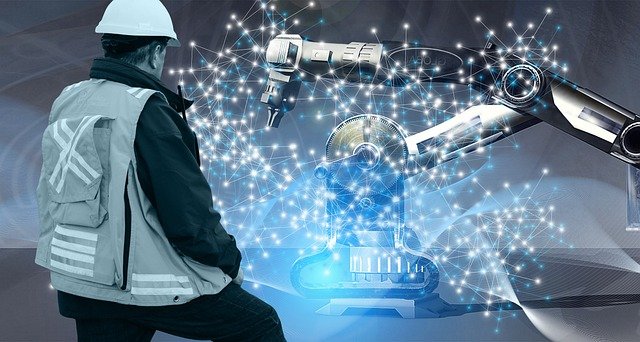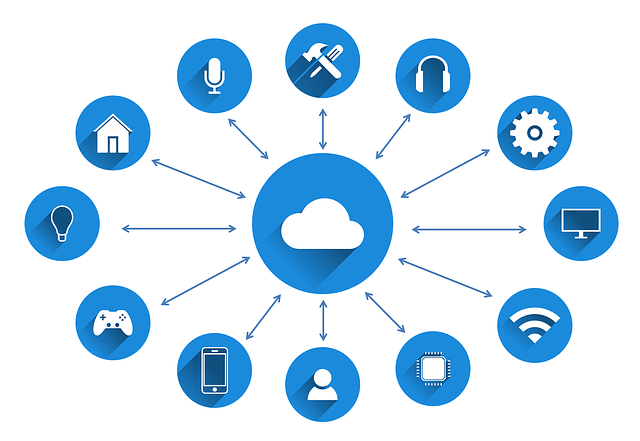An engineer who has worked in the same place – a factory, oil rig, nuclear power plant - for 20 years will be an expert in that facility. Their been-there-done-that experience means they can quickly make good decisions on the best response to a wide range of scenarios. That knowledge would be hugely valuable to others. It is also knowledge that will be lost when they move on.
More form Industrialising Innovation Week
A long-touted solution to both problems is using technology to capture learnings as they are discovered and share them with people facing the same problem in future. But both capturing and sharing that knowledge has always been tricky. Now, thanks to recent advances in AI, as well as growing experience into productionising AI models, we can start to deploy sophisticated knowledge management tools into engineering organisations.
How AI knowledge management works
Over the years, each engineer will have filed thousands of maintenance logs and incident reports where they capture what went wrong and how they solved it. Within these reports are the solutions to most engineering issues. In fact, when a large energy company we work with audited engineering problems, they found many had previously been resolved in other parts of the business.

AI can go through those reports, draw out that insight and present it to anyone tackling the same problems. It’s like a virtual brain, with all the knowledge of the company’s past experience, dispensing wisdom to those who need it, at the moment they are assigned a task.
Why AI changes the knowledge management game
If knowledge management were as simple as pulling up past reports, this would have been solved years ago. But thousands of maintenance reports are not useful when faced with a serious problem in need of a quick response.
There are two challenges: (1) extracting the relevant insight from the document and (2) delivering it just in time.
Challenge 1: Using AI to find the needle of insight in a haystack of documents
Finding a useful nugget of information in response to a query is hard for machines because these reports were not necessarily written in a way that can be easily searched for using algorithms, which like clearly labelled and categorised data. Many include unstructured data such as scribbled notes, drawings, and informational videos. But AI is now sophisticated enough to solve this. It can take complex sets of information from incident reports and make sense of them.
The first step is to digitise handwritten notes and other information into machine-readable formats, which can be done using off-the-shelf image recognition AI.
Then the clever bit. One of the major recent advances in AI has been Natural Language Processing, or NLP, where computers learn to capture the linguistic meaning of text. This allows AI to make sense of spoken of written language captured in incident reports.
An NLP model can be built and fed past incident reports, which then gradually learns to understand the context of the words or phrases and how they relate to others. Tessella worked on a project for Norwegian energy company, Equinor, to do just that, which is covered in detail here.
For this to work, the AI needs to be properly trained. The data scientists training the model need to work with experts – eg maintenance engineers – to understand the context so they can guide the model to recognise what is valuable, and what isn’t, until it can gradually do this on its own. The Equinor project ran workshops where expert users from their rigs spent hours highlighting what’s what in different reports to provide training data.
Challenge 2: Productionising the AI to make it useable
AI models are all well and good. But to be useful, they need to work in a complex engineering environment – so that they provide engineers with the right information at the right time.
This is a challenge in legacy IT environments. Task management systems – which allocate engineers to jobs – were not designed to integrate with incident management systems. They speak a different language.
To productionise these models, new systems must be setup which map descriptions of work packages in task management systems onto problem reports stored on incident management system. When a task is allocated, the task management system needs to automatically share it with the central IT system.

Purpose-built software then extracts data from incident management systems, which have APIs setup to allow this. The AI model runs on that data, identifying the most relevant insight for the task and packages it up in an easy to understand format.
This is then sent back to the task management system, which has been modified to present that insight to the user via an intuitive interface. This may be via an app on their phone or tablet, though in future it may be through augmented reality which guides engineers through tasks.
Ongoing model supervision is also needed to continuously improve the accuracy of the AI at spotting the best solution for the task, and to monitor the models for drift. All these technology and human issues need to be properly considered in order for these intelligent systems to work effectively and to be trusted.
Big time and cost savings
AI knowledge systems have many advantages. They allow professionals to benefit from their colleagues’ experience and find solutions quickly, avoid repeating mistakes, and quickly solve problems they haven’t seen before.
They reduce the training for new starters of all levels, which allows for a more flexible workforce where experts can be moved around, and contractors deployed quickly. It is a protective measure against the loss of expertise and experience.
AI Knowledge Management is also valuable in the drive towards digital twins. Building up computer-readable knowledge can help improve data management and digitalisation across the board, and identify opportunities to introduce standards approaches that will support other digital projects.
AI is becoming increasingly sophisticated at extracting meaningful insight from complex engineering data. Many organisations are making progress in AI intelligence. The next challenge is productionising AI models so they can run and deliver real-world value in a complex engineering environment.




Poll: Should the UK’s railways be renationalised?
I think that a network inclusive of the vehicles on it would make sense. However it remains to be seen if there is any plan for it to be for the...